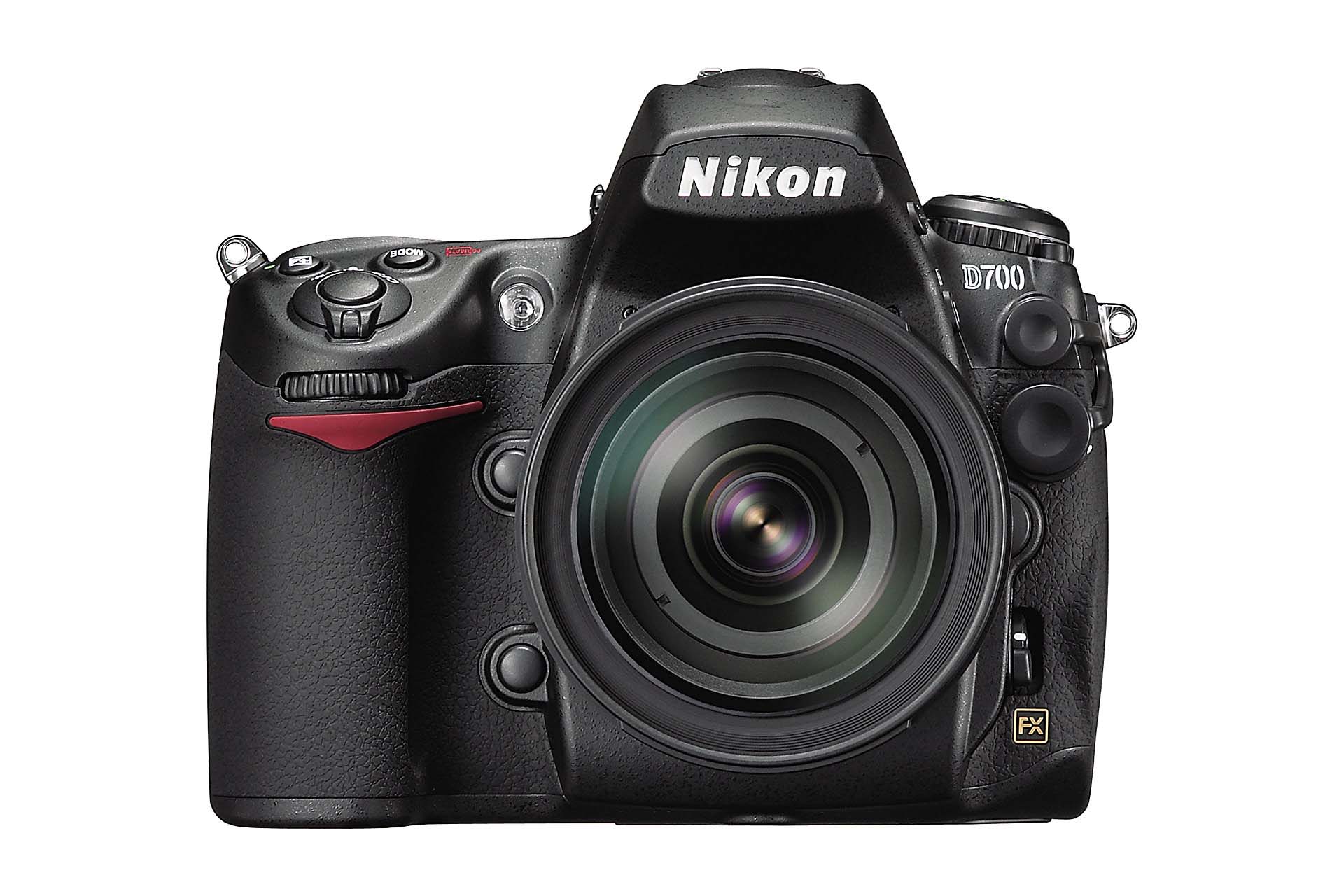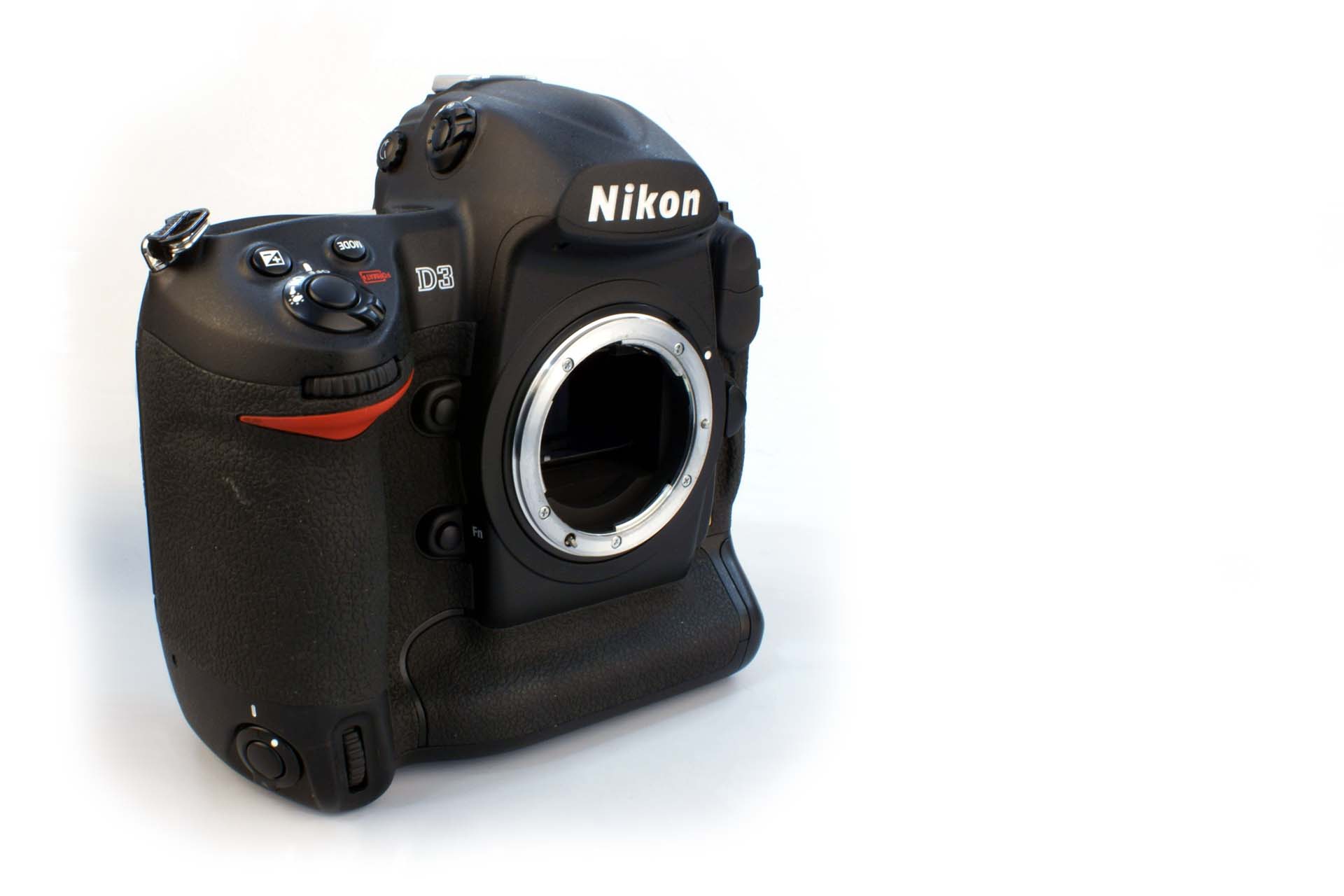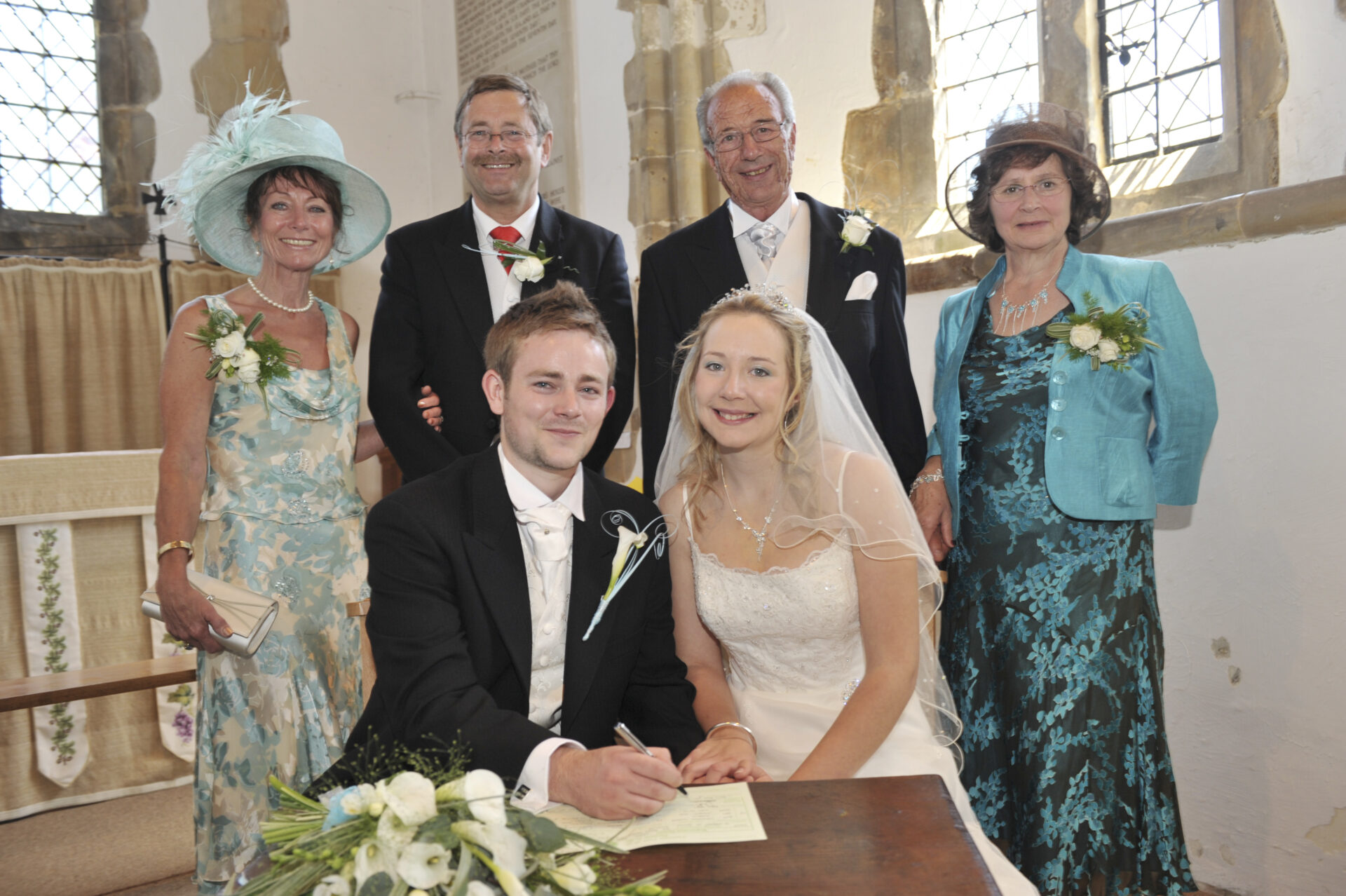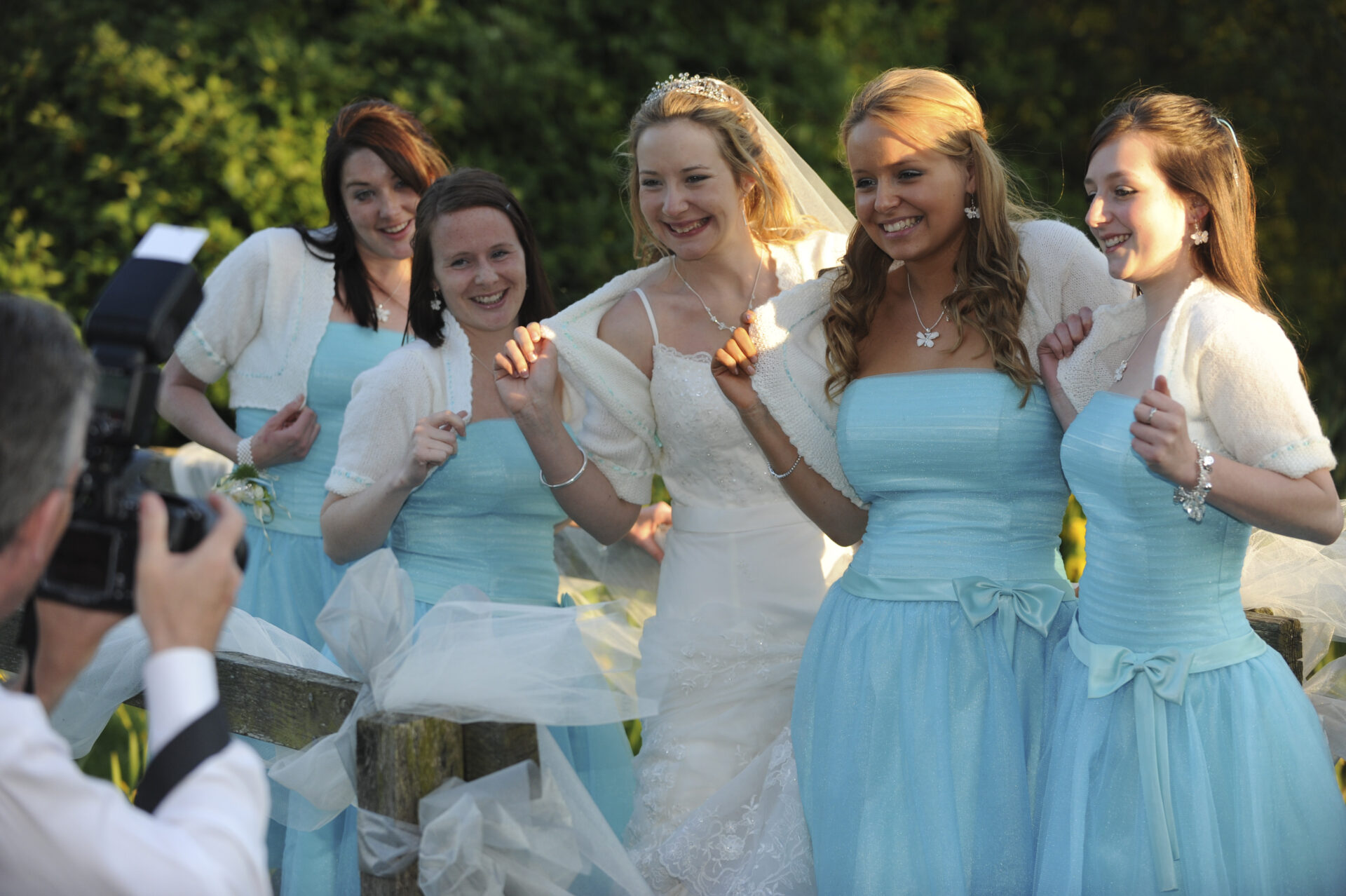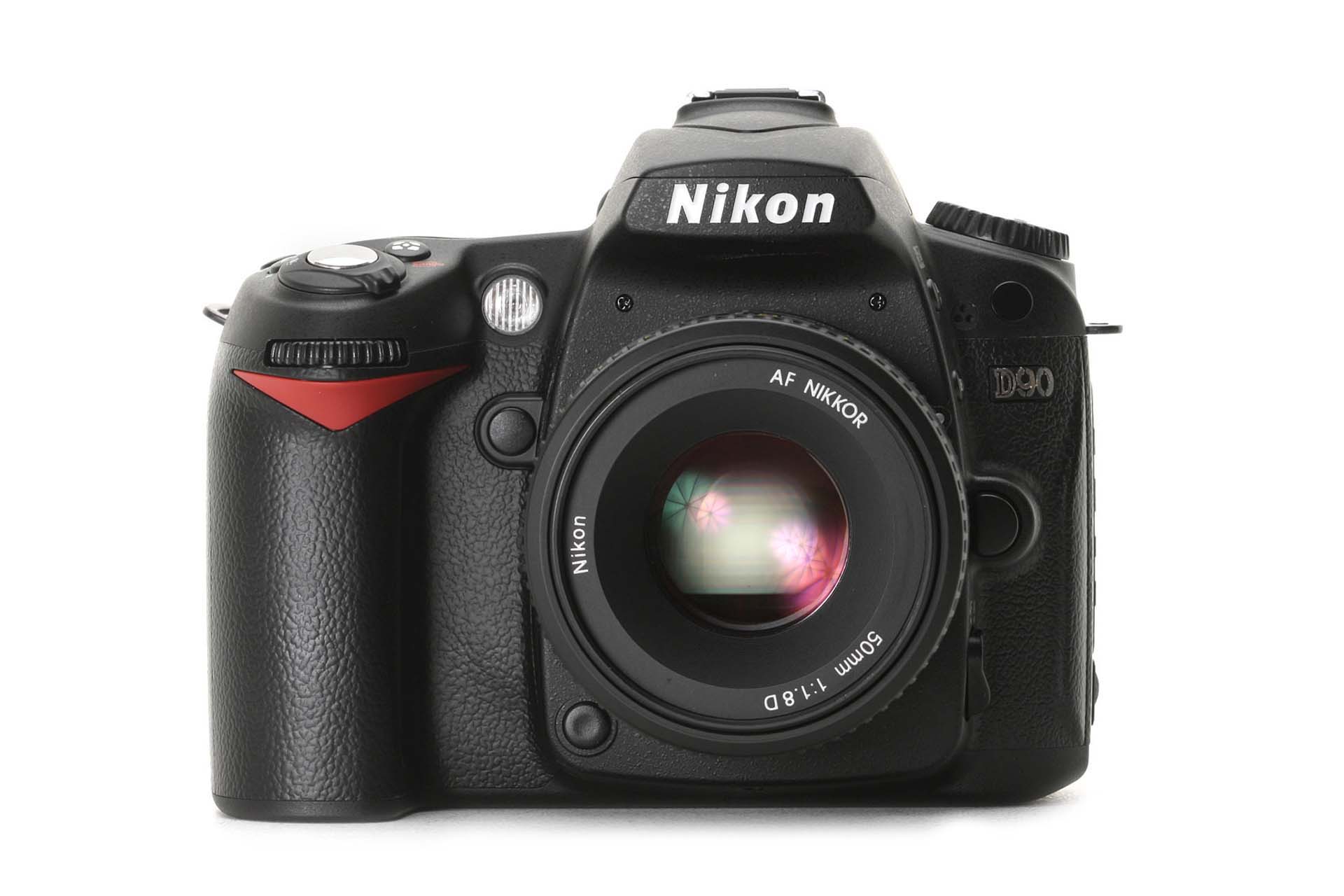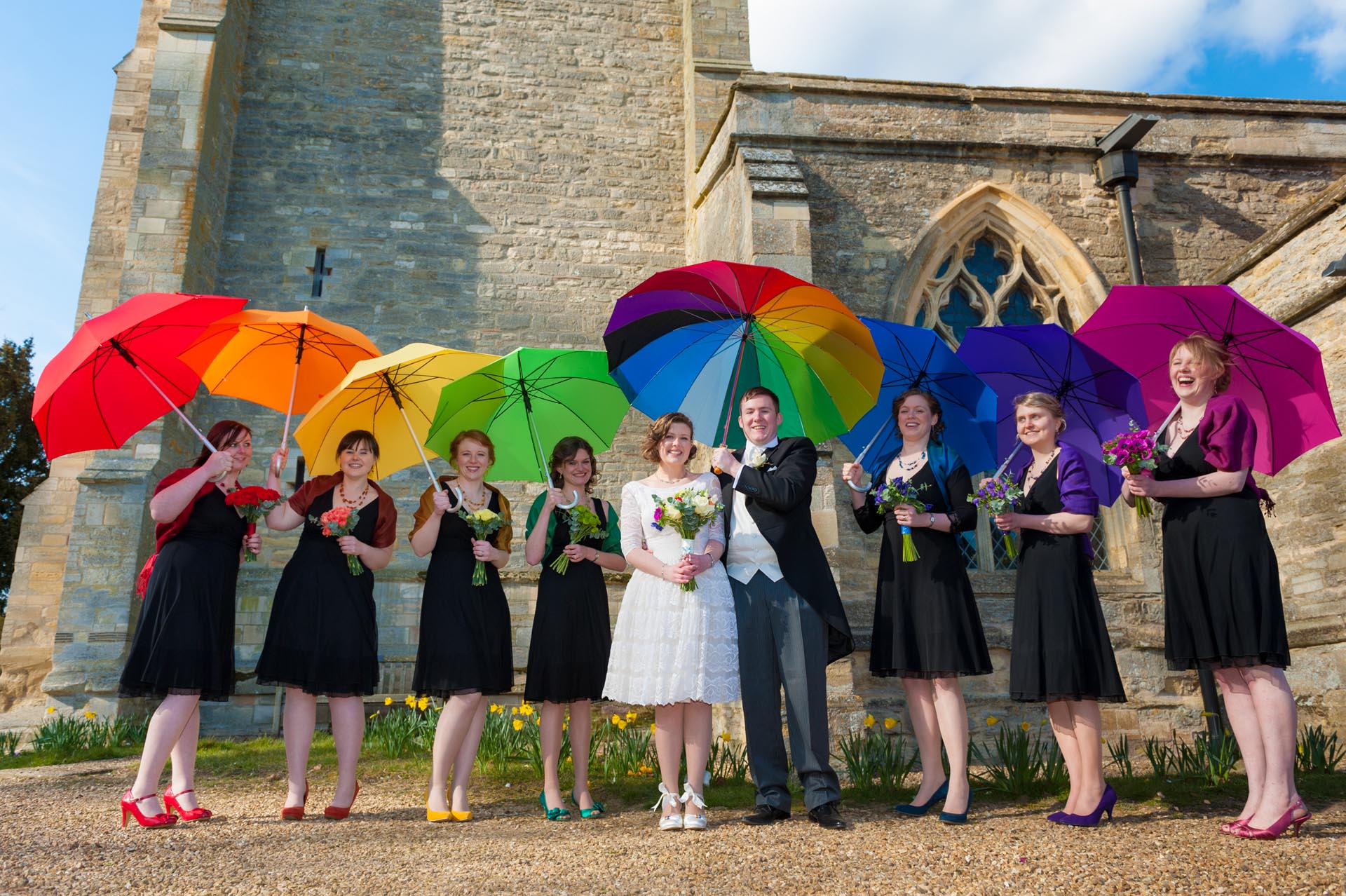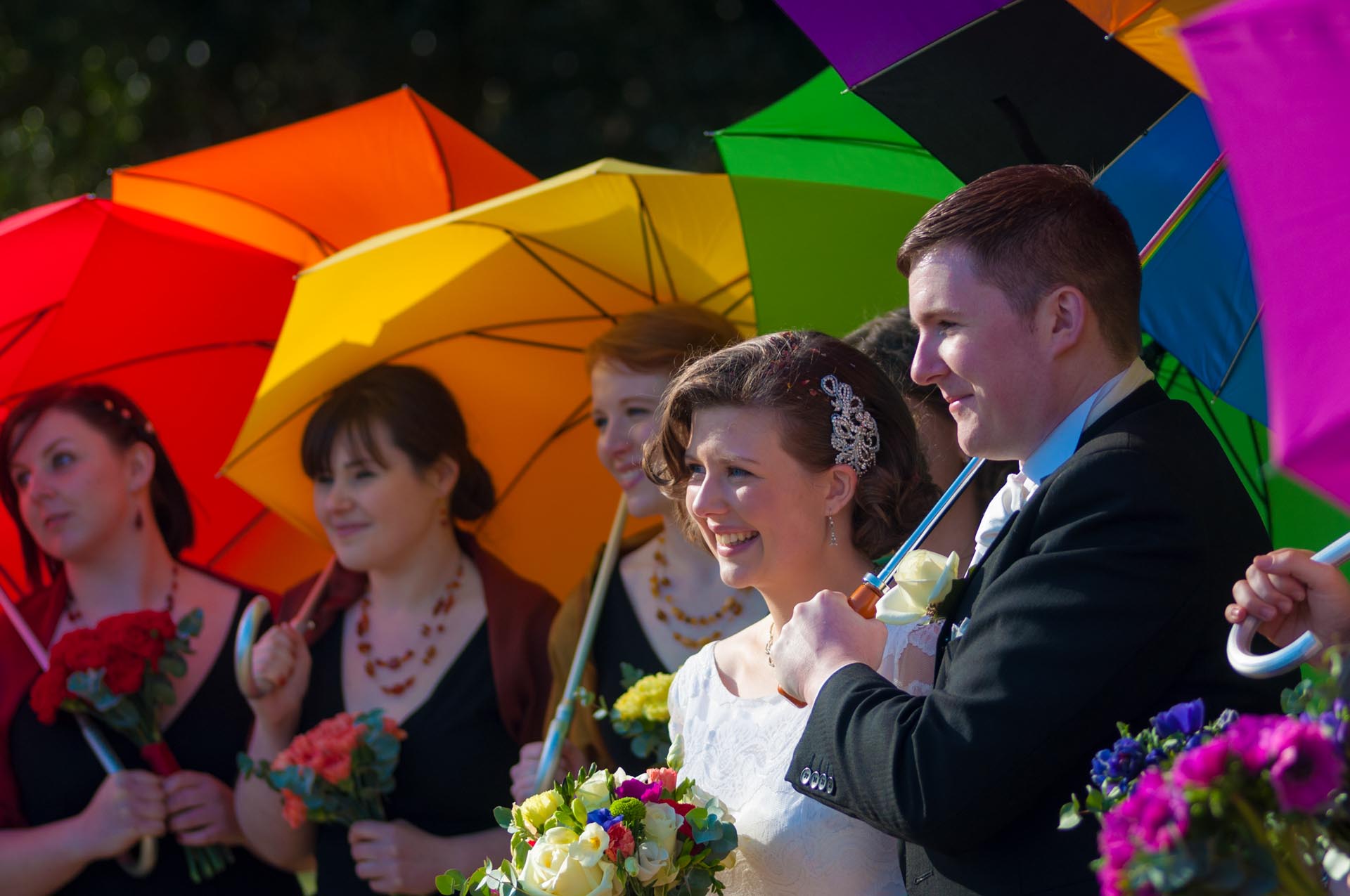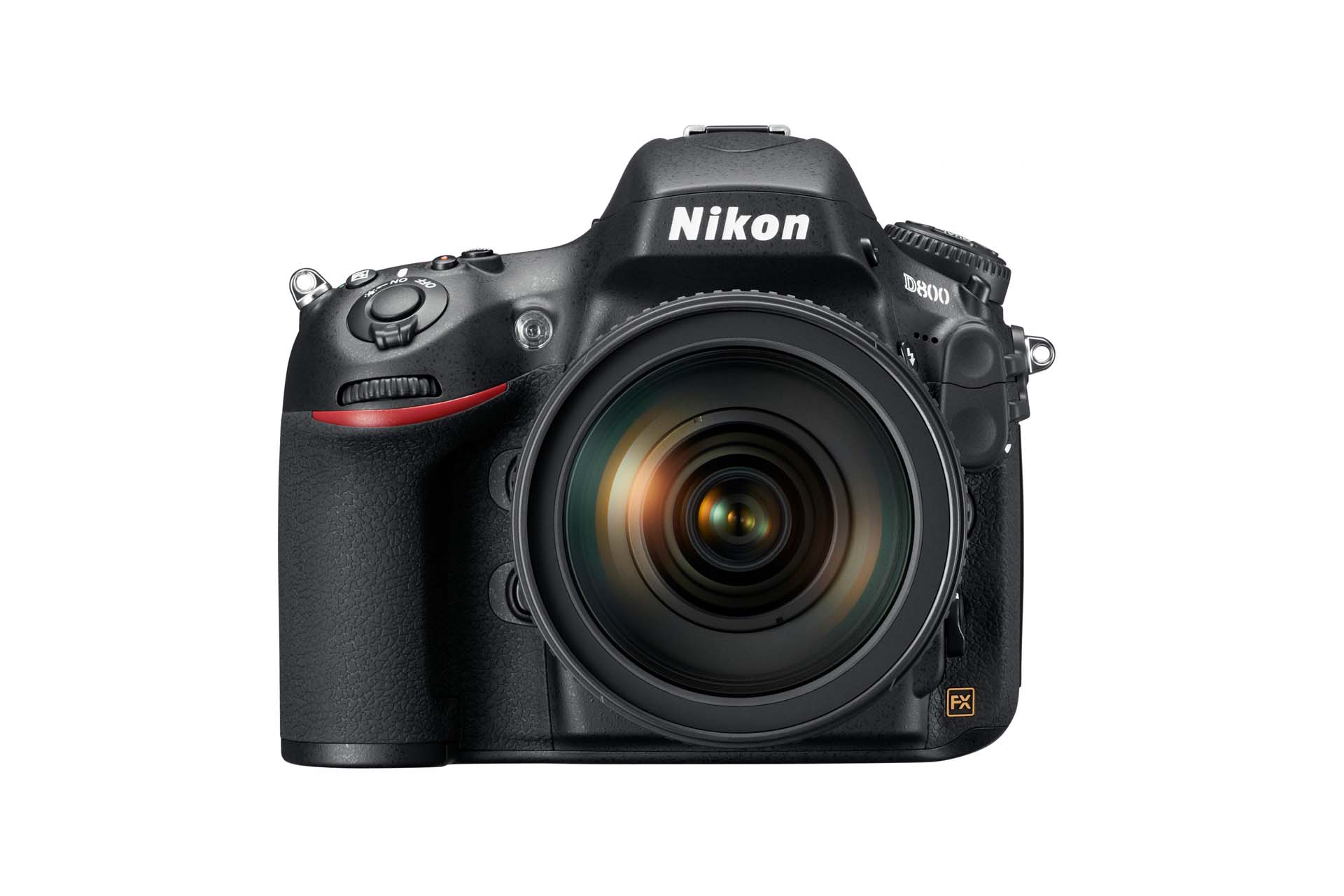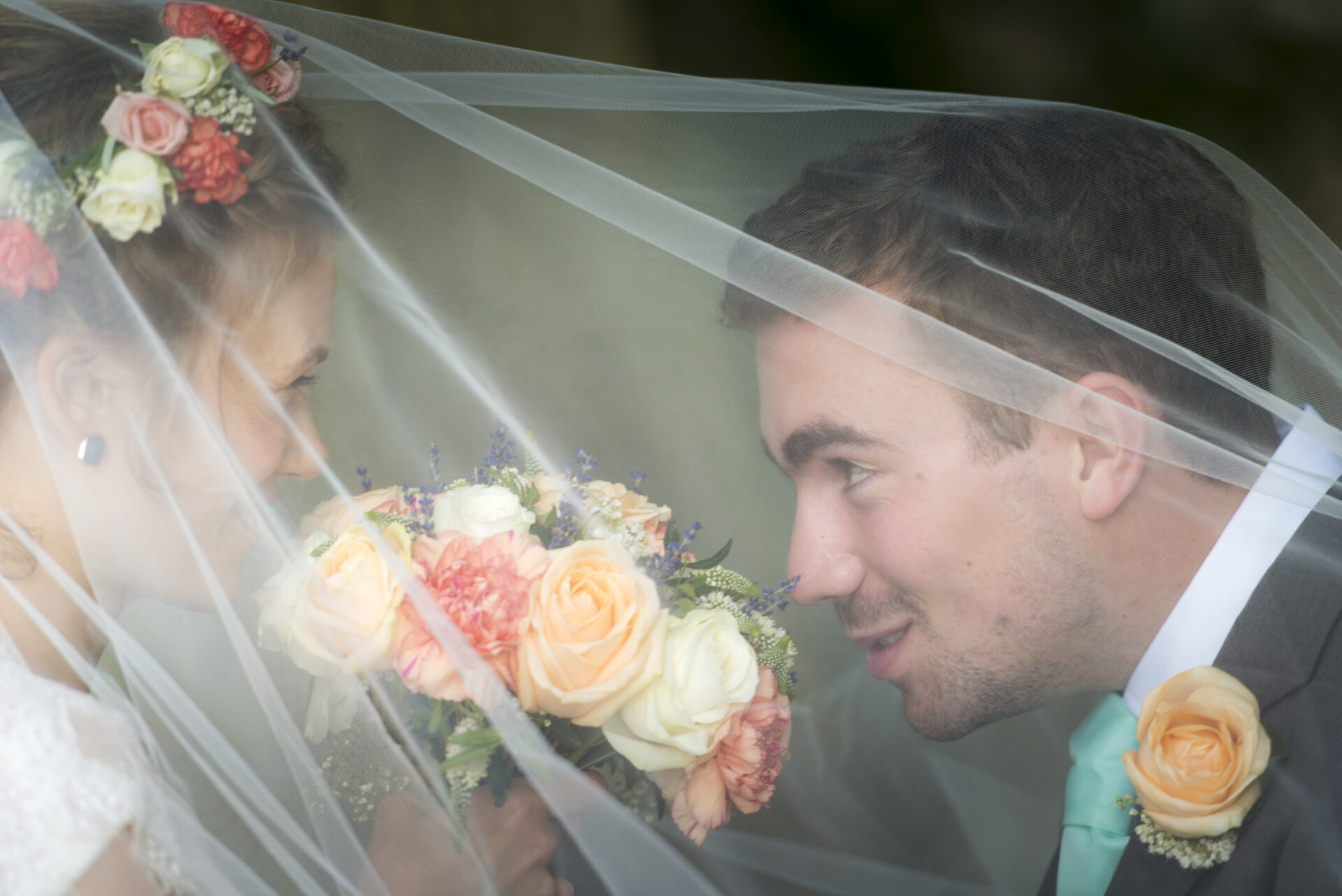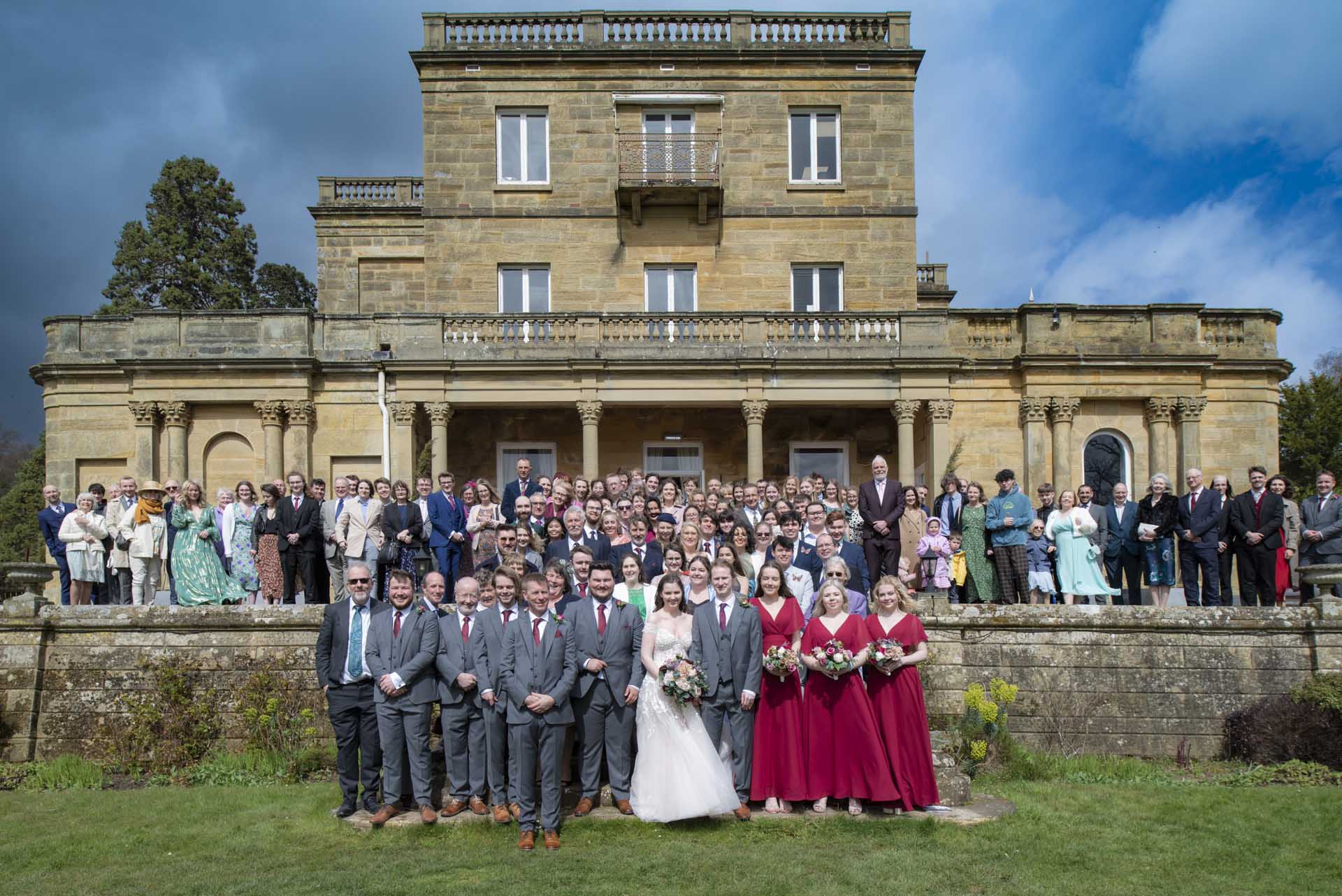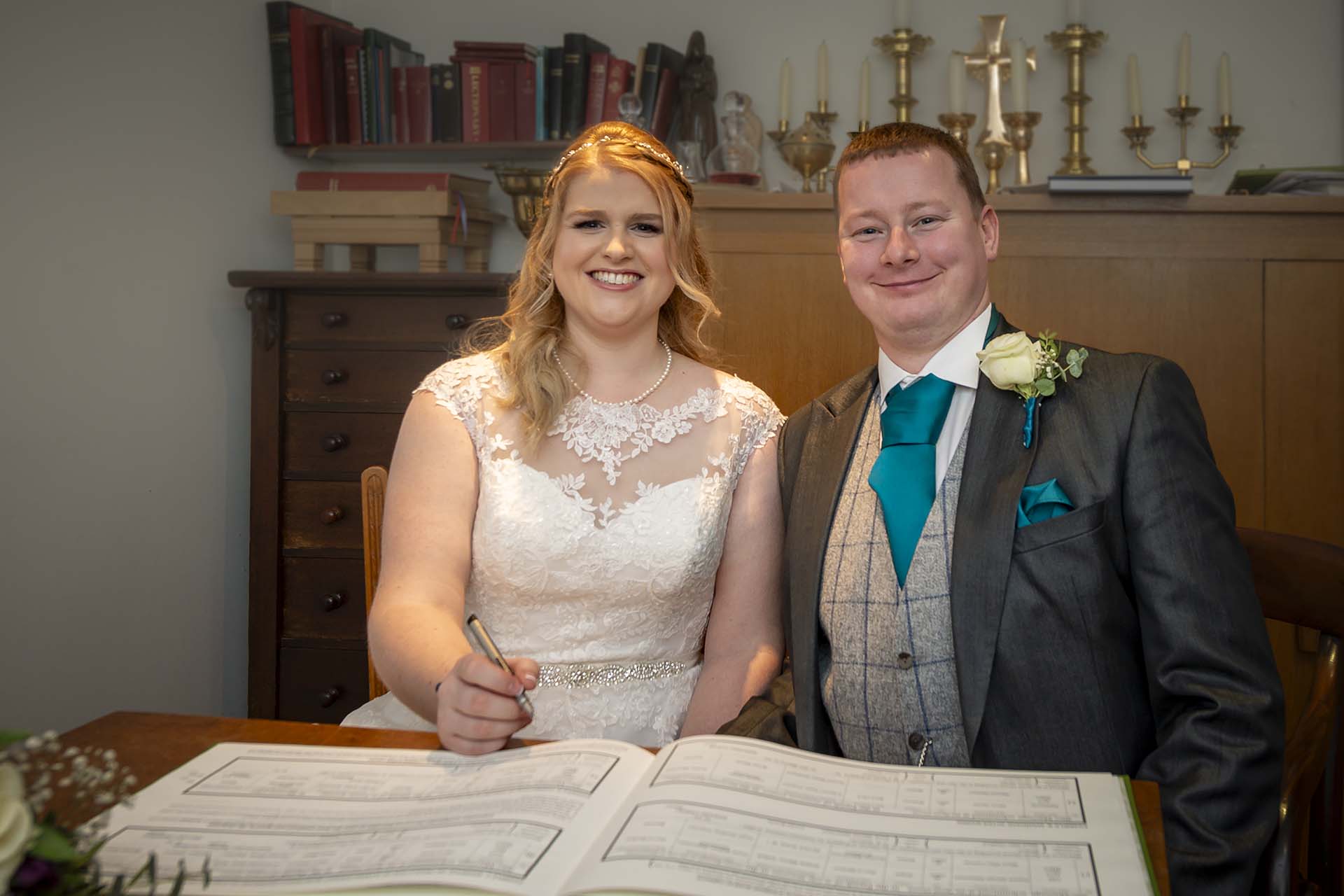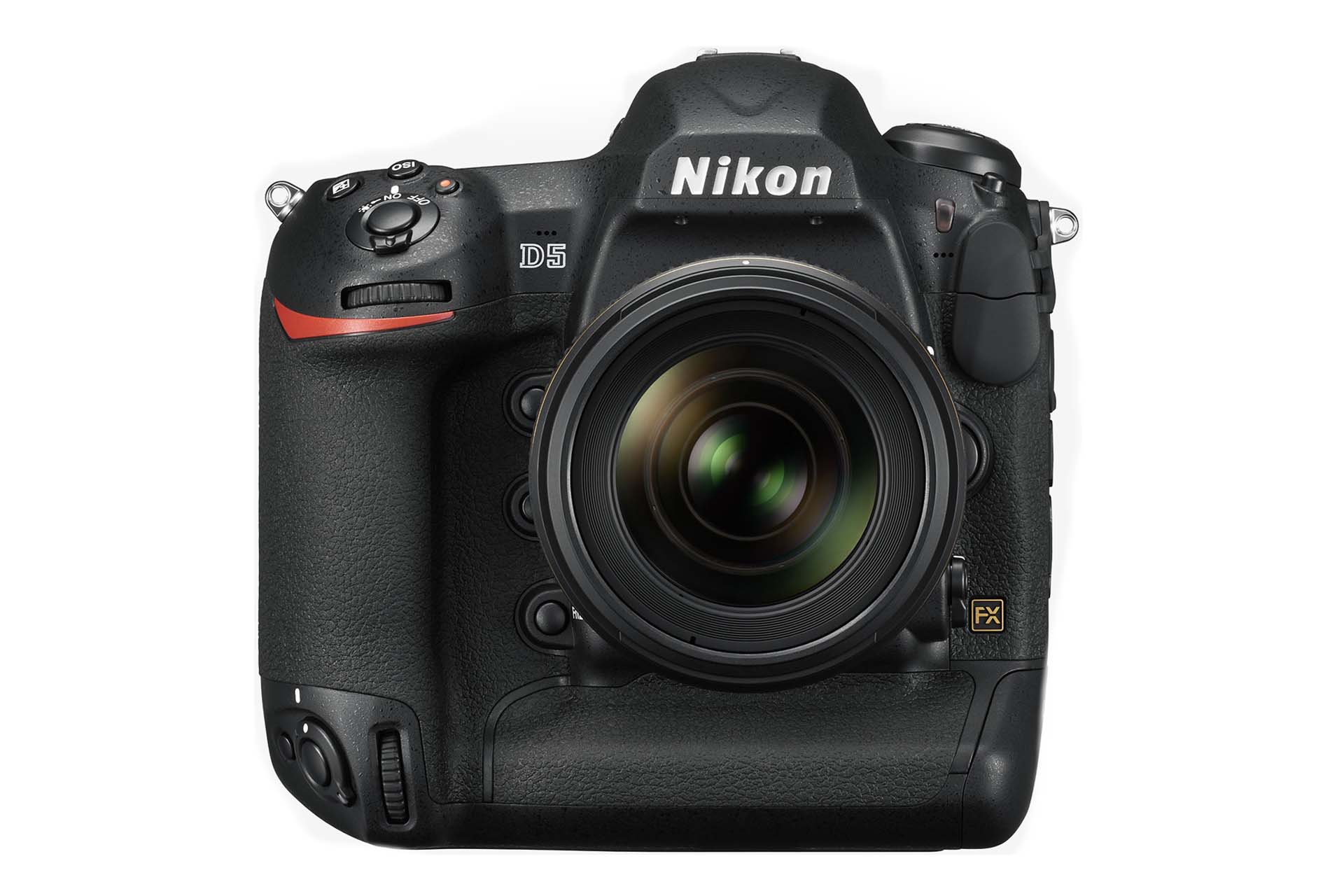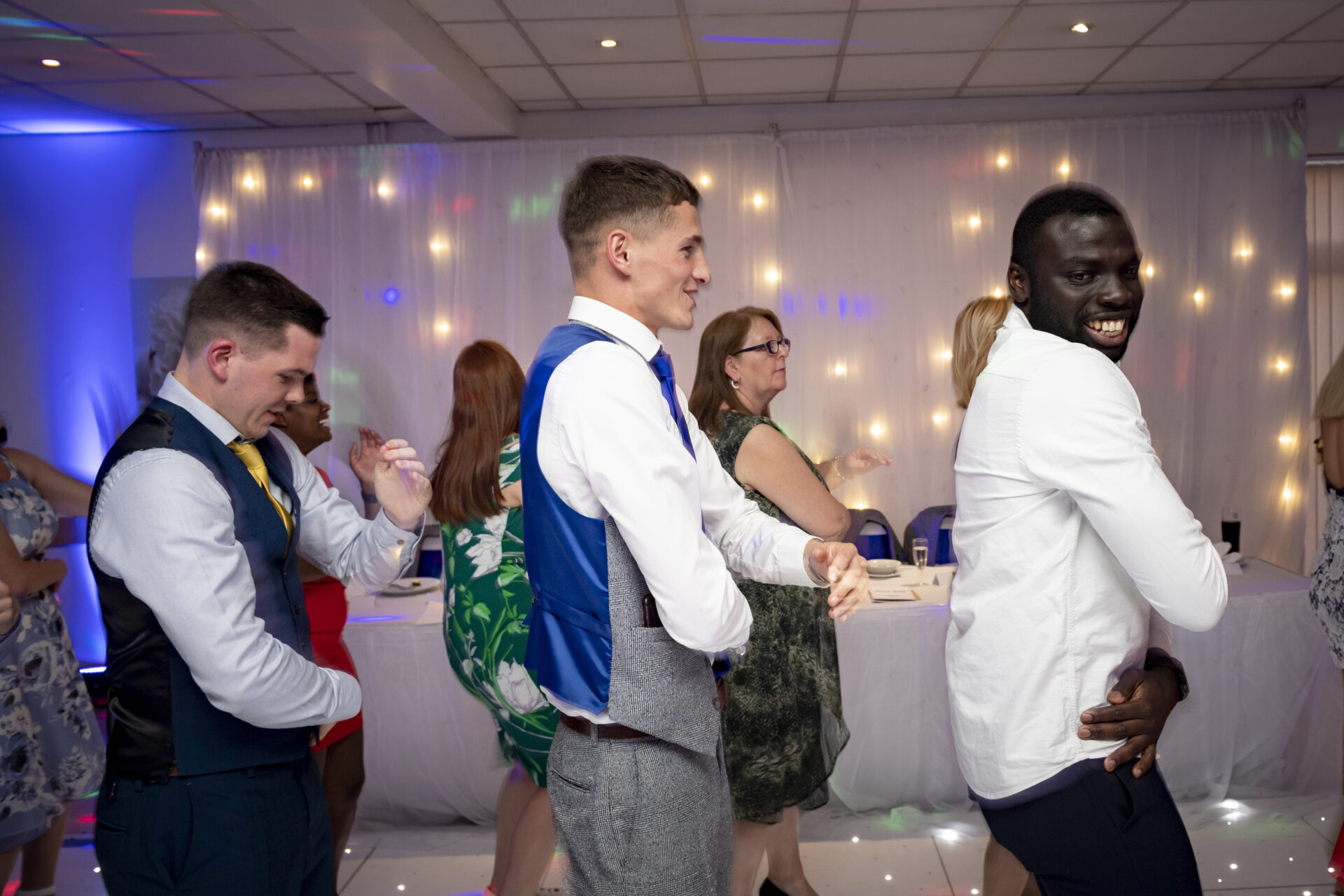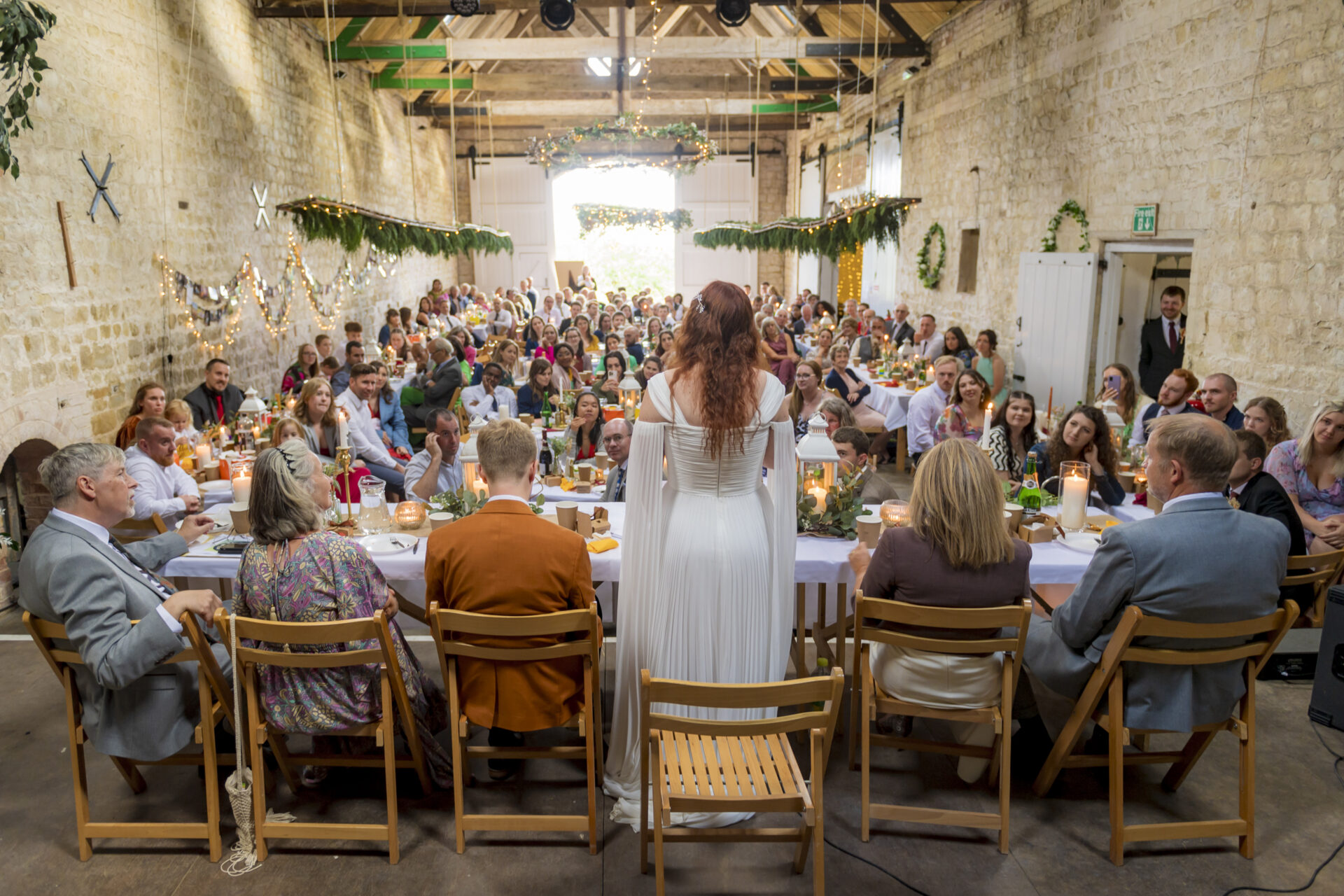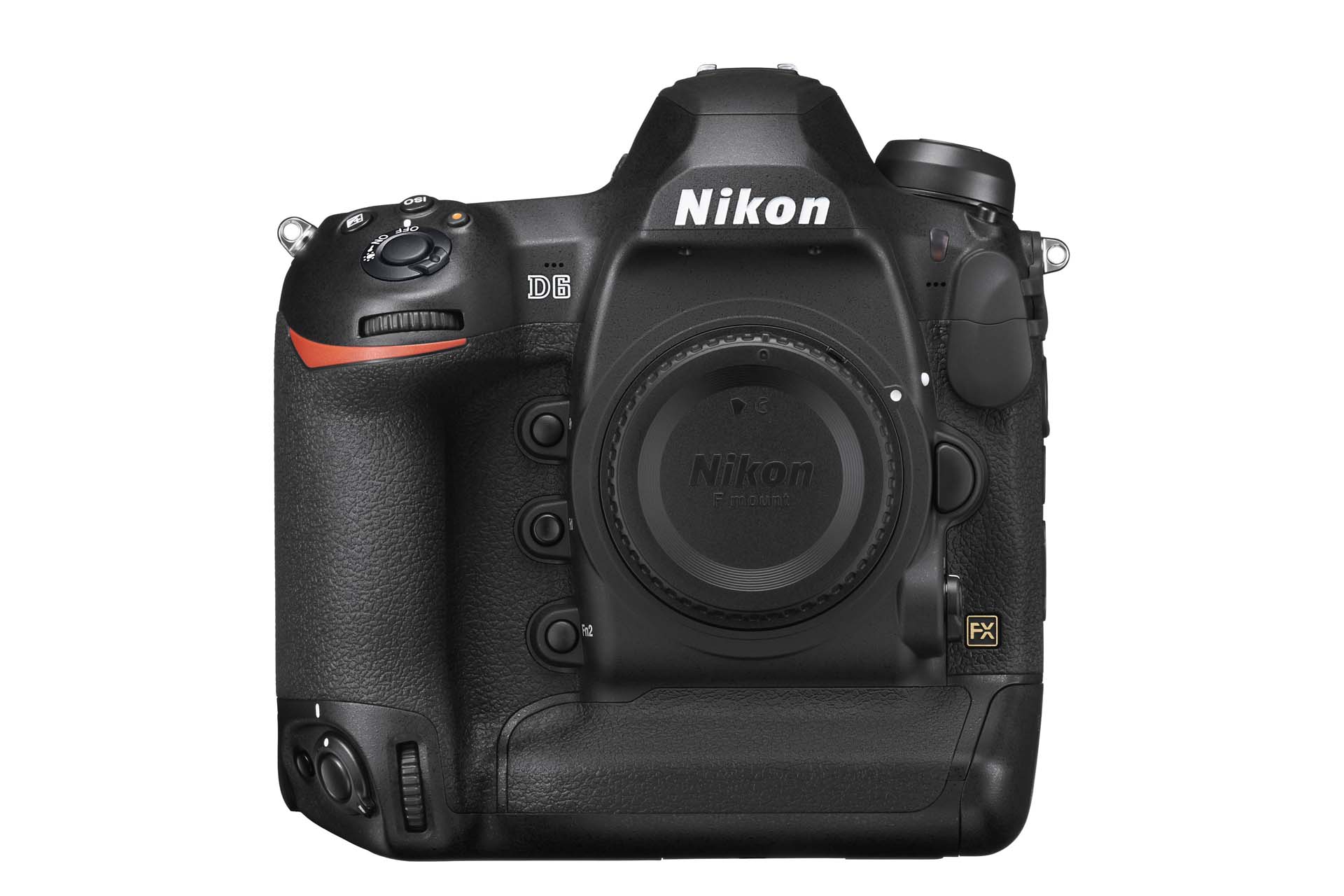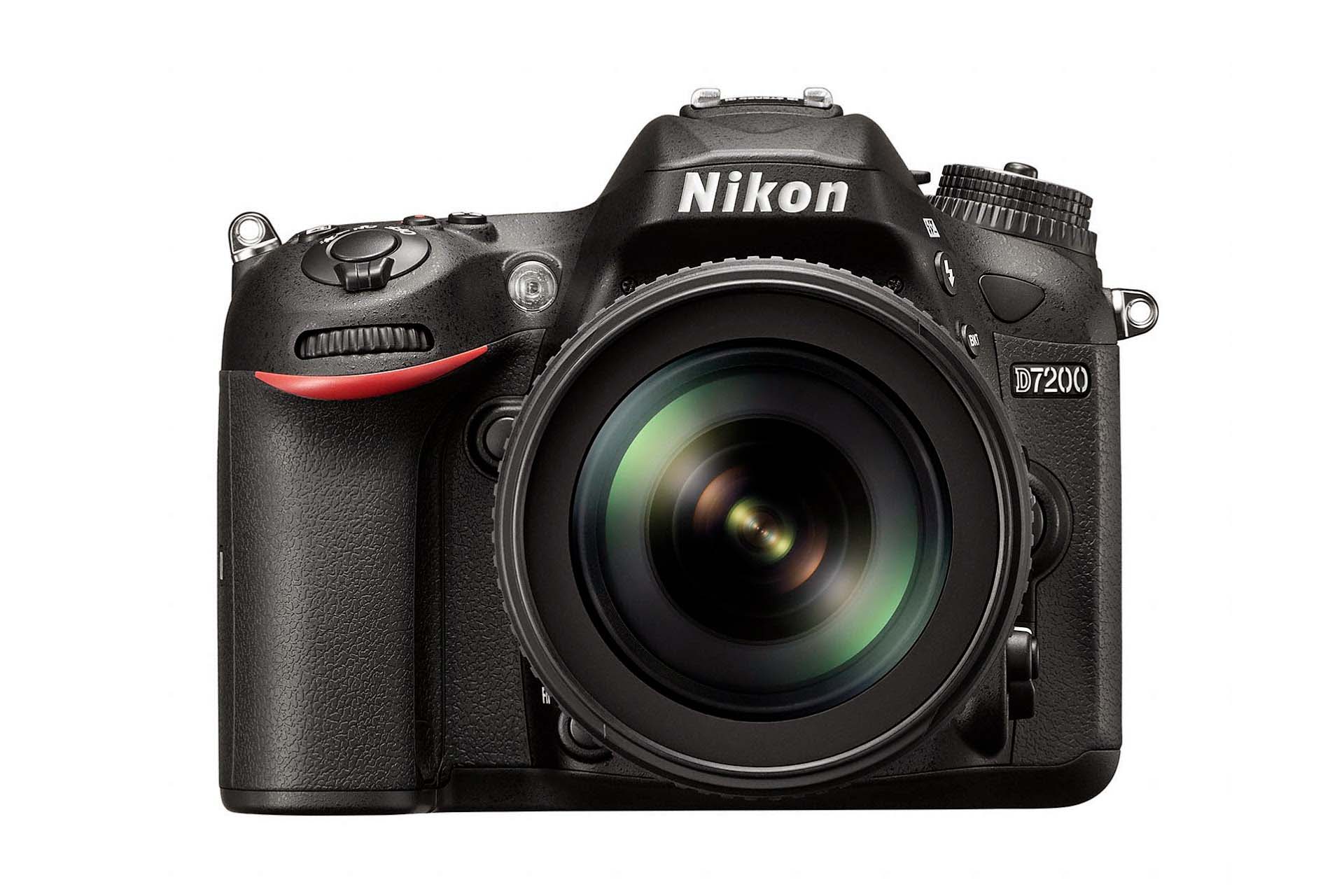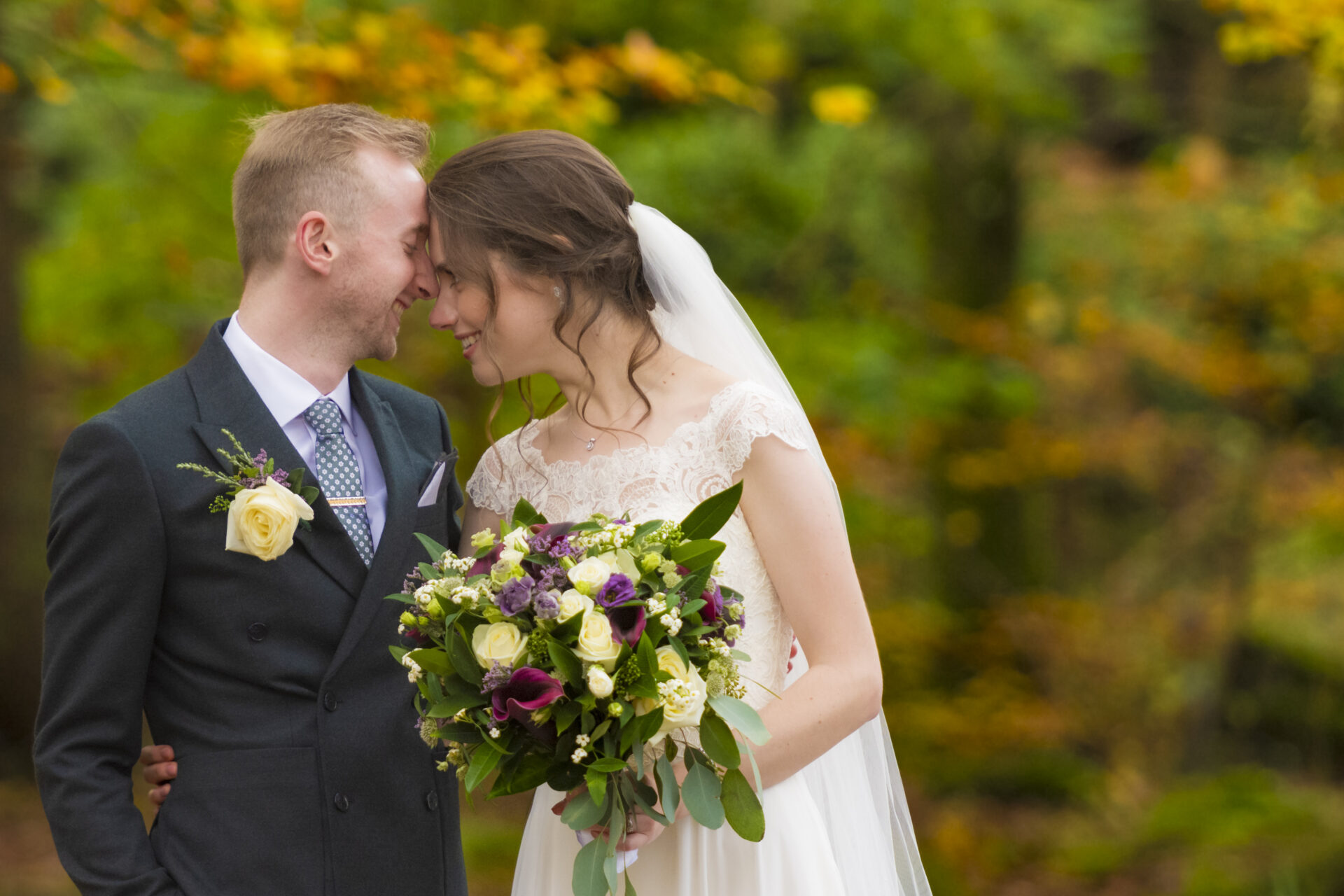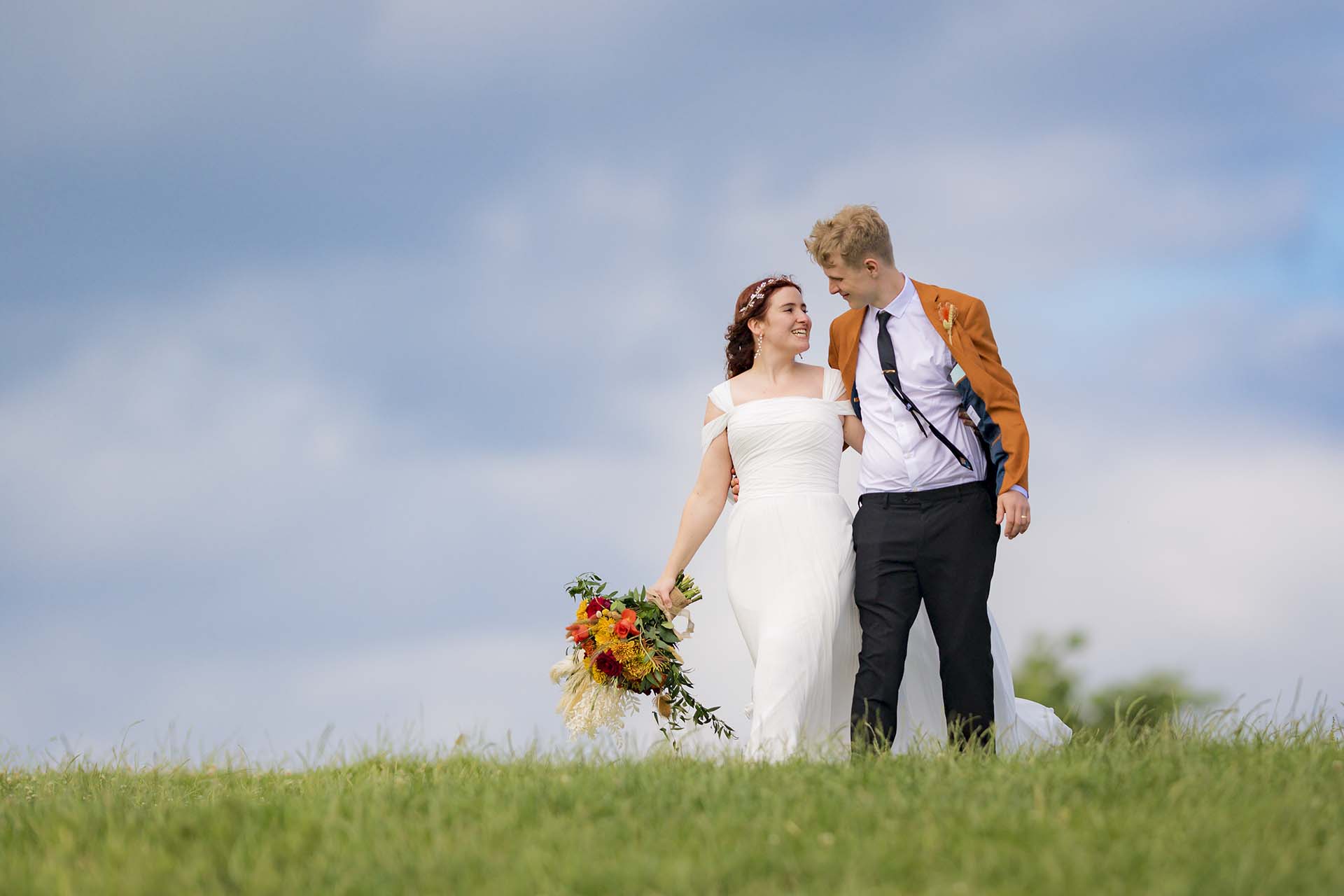A wedding photographer's tools: The Camera
The first question that almost anyone asks a photographer: What camera have you got?
Aside from the crazy idea that he or she will only have one camera (just how many are required in a well-equipped household???) so often what lies behind the question seems to be the old assumption that what lies behind a good photo is the quality of the camera.
Photographers are far more interested in lenses, of course, which is why this series has only looked at lenses so far. But I felt I should make some comment on the cameras that accompany me as a wedding photographer.
A wedding photographer's tools: Beginnings
It was my cousin, Phil, who bought me my first DSLR. We didn’t know at the time that the Nikon D700 would prove to be one of the first true classic cameras of the digital era, alongside the Canon 5DMkII and the bigger fully pro bodies like the Nikon D3 and the Canon 1D series.
But having a great camera body is not enough to shoot weddings. Aside from anything else, how can you dare to photograph the most important day in a couple’s lives with only ONE camera?! Especially one that only has a single card slot, with no internal back-up. Given how frequently the cry goes up, “A friend said they would take our pictures but they lost them all” a dose of back-up paranoia is no bad thing! Phil’s son Tim had a D3 – together we could shoot!
My first professional weddings were shot with my cousin Tim. He had a D3 – I had a D700 – together we had compatible sensors and automatic back-up of gear if anything went wrong.
Our very first paid wedding – Nikon D700 with 24-70mm lens, bounced flash
Ditchling, East Sussex wedding
Yours truly at work at the same event – with my D700 and 24-70, while Tim shoots with the D3 and 70-200
A wedding photographer's tools: Going it alone
It was inevitable that after a few dozen weddings we would hit dates (and budgets) that couldn’t work for Tim and me together. Not least, we lived miles apart! So we needed to be able to work alone. That meant at least one second camera for each of us – the number one rule of a wedding photographer is Turn Up and number two is Back Up! Tim had a D200 to fall back on; my finances were very tight at the time, and all I could justify was a secondhand D90. My lens collection was growing, though – that was where the real money went.
The D90 was also a classic. To this day I still enjoy using this camera very much, and Sarah and I have taken some great images with it. And, back in 2011 when I got it for £355 on ebay, it was still relatively new.
The number one rule of a wedding photographer is Turn Up
and number two is Back Up!
One advantage of the D90 was that it has a physically smaller sensor. DX/APS-C cameras give a different angle of view – effectively multiplying your flexibility with lenses
A wedding photographer's tools: The D800s
Before some tog pipes up that there was no “D800S”, I have to say that the “s” means I have two of them. Money was starting to flow, and in 2014 I bought a D800, my very own 70-200 and a 14-24 all brand new from LCE in the Strand. I love that shop – though I have subsequently moved to buying all my gear used.
The D800 was a very different beast to the 700 I was used to. Massively higher definition sensor (36MP instead of 12MP), I found I had to buy a new PC to handle the files! The camera is more demanding, skittish, requiring more accuracy in exposure and (with those tiny pixels) showing up any defects in your lens or focussing technique. But I got good results with it – and it made me more demanding of myself, technically. In 2016 we bought a second one – on eBay, with a bunch of other goodies.
The exceptional definition from the D800 makes it great for big group shots – and I still use the 800s for my tripod work even now I have more recent bodies for most of a wedding.
A wedding photographer's tools: Down to a single digit
It was on this exact shot at a wedding in Horsted Keynes Parish Church, West Sussex, that the auto focus failed on one of my D800s. I had only taken one body with me to the vestry for the signing of the register, so did the rest of the shots there with manual focus. Most modern lenses are not suited to manual focus – the “throw” of the focus ring is too coarse – and for the rest of the day we shot with the other D800, the D700 and the D90. The D700 had been mine from new, ten years previously, and was an old lady – but my clients would have never known that there was an issue.
After the wedding I set up a repair of the D800 with Nikon – but cash flow from weddings was good and I needed a working body fast. It was time to jump to a Nikon single-digit camera. I had wanted a D4 or D4S, but in the event, the fault occurred just as D5s were starting to get cheaper. I jumped…
Back home, I sent the faulty D800 off for repair but needed another serious body quickly – more weddings coming up.
Enter the D5. I bought mine on eBay – almost new, with less than 6k on the shutter count. For the first time I had my own single digit Nikon DSLR. The single digit series, especially from the D3, has been the epitome of fast-focussing, robust, accurate full-frame cameras. They have smaller pixel counts than the D800 (please take note, those who think that pixels = quality) but they do the job and are built to last.
With the pandemic knocking the wedding industry for six over the years since I bought the D5, growth has been slowed down. But in the last year, and it would seem especially with our move to Bromley, photography has really taken off. I recently added a D6 to the stable, so that my wedding photography is done entirely on two very similar bodies again, with only the tripod-mounted group work still done with the D800.
Moving over to two “fully professional” bodies has been transforming. I now take fewer photos at weddings, simply because more of them are right first time. The RAW files from both the D5 and D6 are not too large, but are excellent in colour and dynamic range and really easy to work with in Photoshop.
These two cameras have simply made the job easier.
The D5 and D6 have simply made my job as a wedding photographer that much easier
A wedding photographer's tools: A couple of questions
First I hear some of the technically minded asking, “But what about a smaller-sensor DX body? Your D5, D6 and the two D800s are all full-frame – are you STILL using that D90? Can you still make use of the different angle of view from a DX body?”
The answer is that, with some sadness, the D90 no longer accompanies us to weddings. But in its place we generally take a D7200 – a fine camera which has the big benefit of having two card slots. For a wedding photographer, that internal back-up is a basic, essential to treating these images with the respect they deserve.
Secondly, I hear even more photographers asking, “What about mirrorless?” I have no doubt that mirrorless cameras are the future – and I am heavily invested in a mirrorless system for my holidays and other things, with my Micro Four Thirds cameras.
But professional quality camera bodies last. The shutters on the single-digit bodies are rated for at least 300k pictures – and many go way beyond that. The DSLR technology in all of my cameras is tried and tested – those clunky mirrors go back through my whole lifetime and beyond. Nikon (and others) have been known to launch technology prematurely, and I am glad to stick with the tried and tested.
It would be different if I saw myself doing this as my main job for 25 years. But I am 62. I am looking to expand my wedding photography business over the next few years, as I head towards a retirement with plenty of photo-taking still involved. I really don’t need to think ahead more than a decade when it comes to gear – and I am not desperately curious to know what a Nikon mirrorless camera can do. The next camera, if there is a next camera, will probably be a used D850 to replace a D800 – giving me a super high resolution option when I shoot kitchens for Affordable Granite. But I’m in no hurry.
I am still far more inclined to invest in lenses than bodies!
A wedding photographer's tools: Summing up
I love cameras – it may be obvious! But I still come back to the initial comment that I am far more interested in lenses. Camera bodies are important, of course, but their importance is routinely over-estimated by most people with a passing interest in photography.
The evolution of my own Nikon equipment from the wonderful D700 to the awe-inspiring D6 is not really the story of taking necessarily better pictures, or even of taking pictures that I couldn’t have taken before. Overall it is simply the story of getting the pictures more accurately and easily and safely. Better bodies save time and effort – on the shoot itself and in the editing afterwards.
And that is the real difference that the jump to a fully-professional body will give you.
Better bodies save time and effort – that is the real difference that the jump to a fully-professional camera will give you.
To contact me to enquire about my wedding photography use my Contact Form or just text (07983 787889) or email me at Andrew@AndrewKingPhotography.co.uk
Photos © copyright Andrew King Photography except the photo with me in – © copyright Tim Harman

